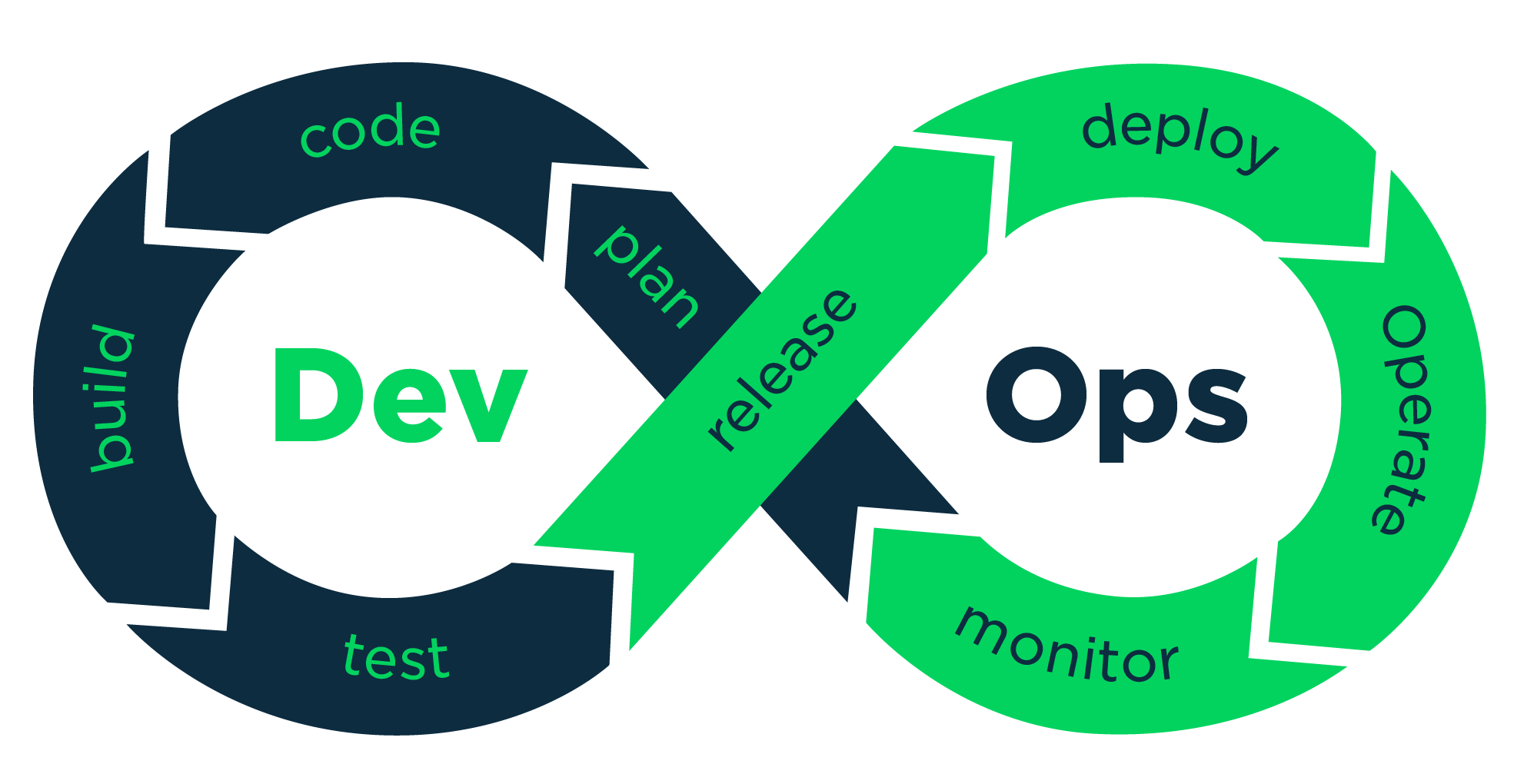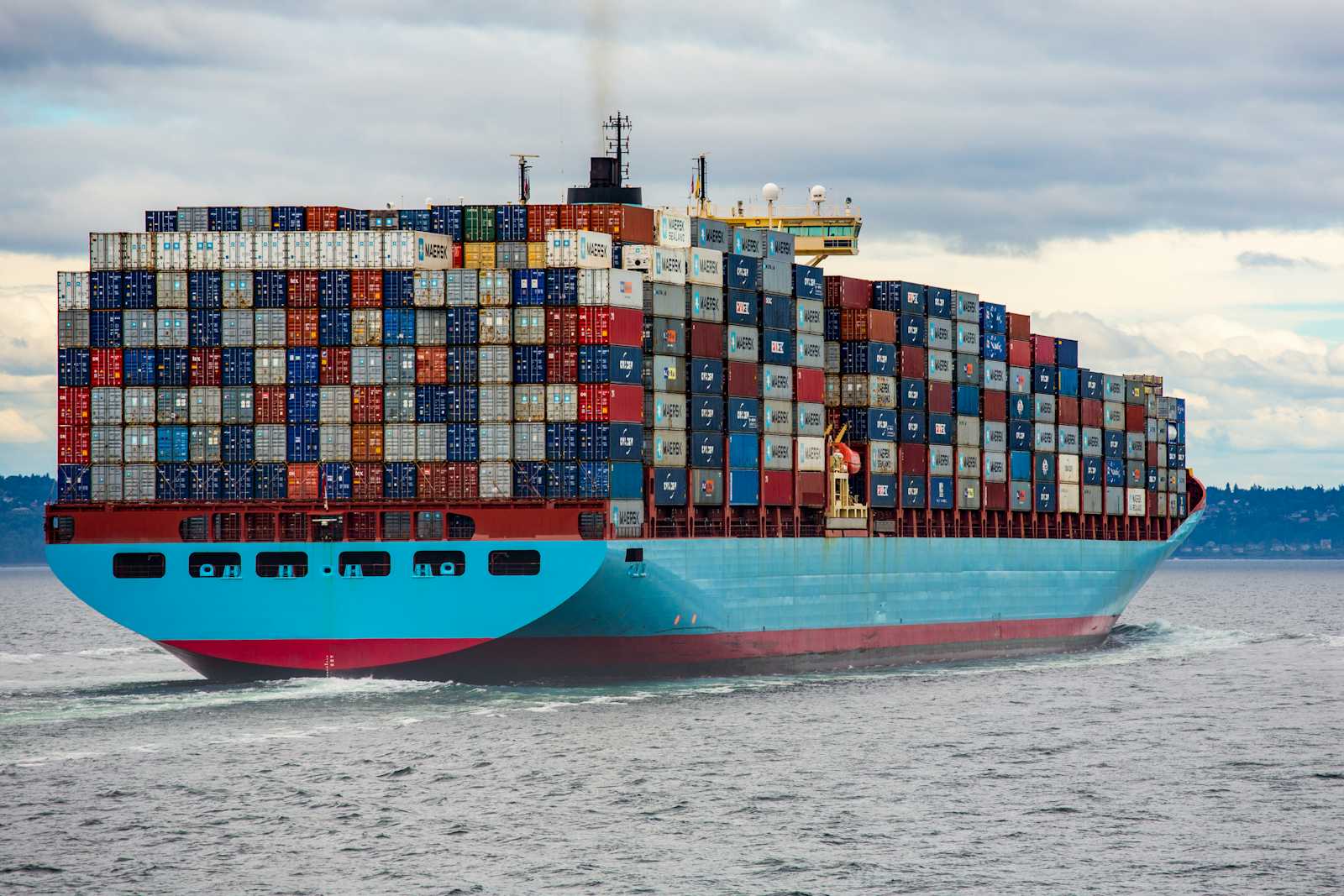Simplifying Kubernetes: A Shipyard Comparison
 vikash kumar
vikash kumar
Understanding Kubernetes Architecture: A Simple Shipyard Analogy
Welcome aboard! Today, we're going to understand Kubernetes, a powerful system for managing containerized applications, using a simple analogy with ships and containers. Think of Kubernetes as a busy harbor where everything works together to keep things running smoothly. Let’s set sail!
1. The Harbor Master (Kubernetes Master Node)
Imagine a big harbor. The Harbor Master is in charge of everything, making sure all ships and cargo are managed properly. In Kubernetes, this role is played by the Master Node.
etcd: This is like the harbor’s logbook, keeping track of everything.
kube-apiserver: Think of this as the harbor’s control tower, communicating with all parts of the harbor.
kube-scheduler: This is the person who decides which ship goes to which dock.
kube-controller-manager: These are the supervisors making sure everything is running as planned.
2. The Ships (Nodes)
Ships in our harbor carry containers (cargo). In Kubernetes, Nodes are the machines (computers) that run your applications.
Each Node has important parts:
kubelet: The ship’s captain, making sure containers are running well.
kube-proxy: The ship’s navigator, handling network traffic to and from containers.
Container Runtime: The ship’s engine, running the containers (e.g., Docker).
3. The Containers (Cargo)
Containers are like the cargo that ships carry. They hold everything needed to run a piece of software.
4. The Fleet (Pods)
In Kubernetes, we group containers into Pods. A Pod is like a small fleet of ships working together, sharing the same dock.
5. The Shipping Routes (Services and Networking)
To keep the harbor efficient, we need clear shipping routes. In Kubernetes, Services define how Pods communicate with each other.
ClusterIP: An internal route for communication within the harbor.
NodePort: A route that exposes services on each ship’s IP.
LoadBalancer: A route that balances the load across multiple ships.
6. The Dockworkers (Controllers)
Dockworkers ensure everything runs smoothly in the harbor. In Kubernetes, Controllers manage Pods, making sure they do what they’re supposed to do.
Deployment Controller: Manages stateless applications, ensuring the right number of Pods.
StatefulSet Controller: Manages stateful applications, giving Pods unique identities.
DaemonSet Controller: Ensures a Pod runs on all or specific Nodes.
7. The Harbor Regulations (ConfigMaps and Secrets)
Every harbor has regulations. In Kubernetes, ConfigMaps and Secrets manage configuration data and sensitive information, ensuring containers have the necessary settings and credentials.
8. The Expansion Plans (Persistent Storage)
As the harbor grows, it needs more storage. Kubernetes provides Persistent Volumes (PVs) and Persistent Volume Claims (PVCs) to handle storage needs, ensuring data is safe even if containers are replaced.
Conclusion
Kubernetes is like a well-organized harbor, making sure that containerized applications run smoothly. By understanding its components through this simple analogy, we can better appreciate how everything fits together.
Welcome to Kubernetes! Enjoy your voyage, and may your applications always run smoothly. Anchors aweigh!
Subscribe to my newsletter
Read articles from vikash kumar directly inside your inbox. Subscribe to the newsletter, and don't miss out.
Written by

vikash kumar
vikash kumar
Hey folks! 👋 I'm Vikash Kumar, a seasoned DevOps Engineer navigating the thrilling landscapes of DevOps and Cloud ☁️. My passion? Simplifying and automating processes to enhance our tech experiences. By day, I'm a Terraform wizard; by night, a Kubernetes aficionado crafting ingenious solutions with the latest DevOps methodologies 🚀. From troubleshooting deployment snags to orchestrating seamless CI/CD pipelines, I've got your back. Fluent in scripts and infrastructure as code. With AWS ☁️ expertise, I'm your go-to guide in the cloud. And when it comes to monitoring and observability 📊, Prometheus and Grafana are my trusty allies. In the realm of source code management, I'm at ease with GitLab, Bitbucket, and Git. Eager to stay ahead of the curve 📚, I'm committed to exploring the ever-evolving domains of DevOps and Cloud. Let's connect and embark on this journey together! Drop me a line at thenameisvikash@gmail.com.